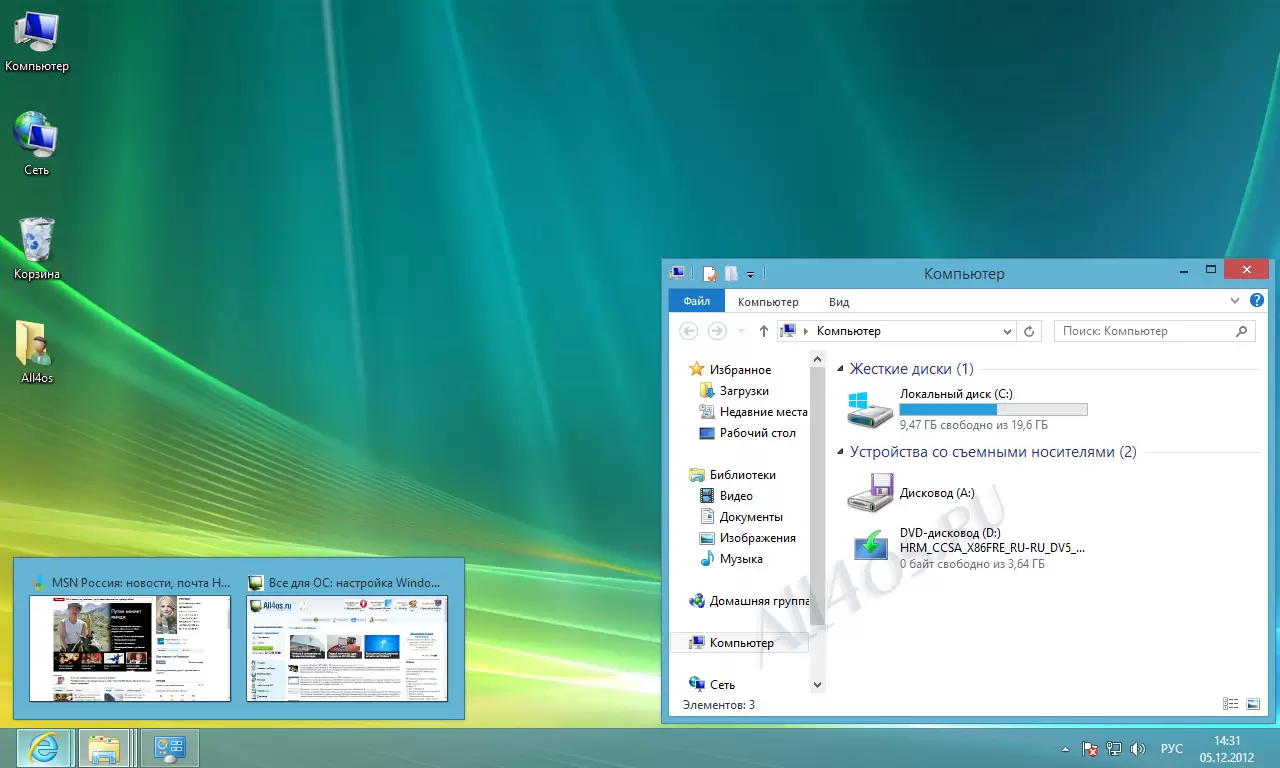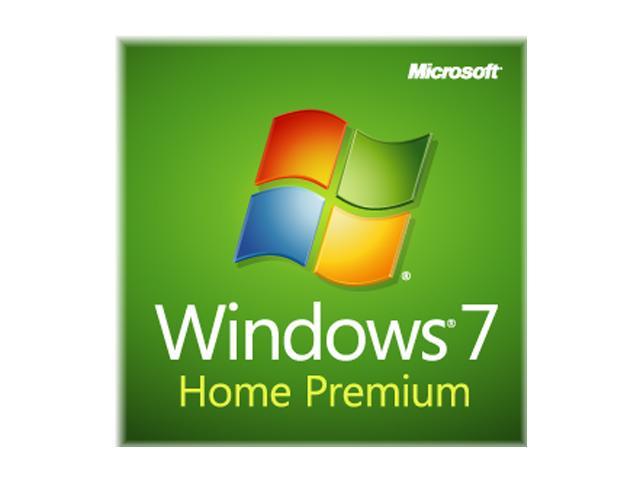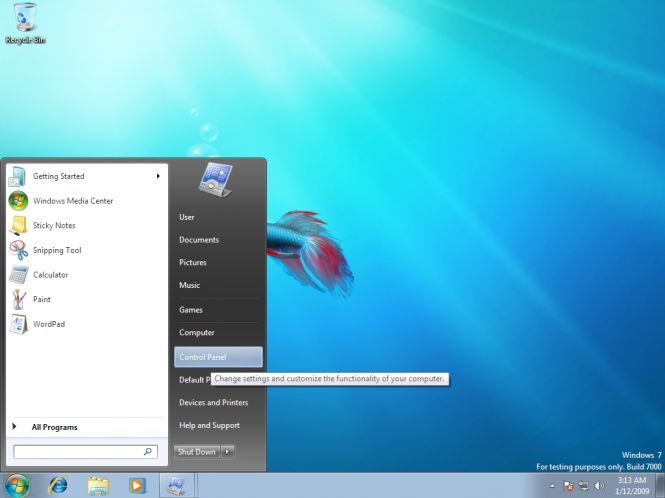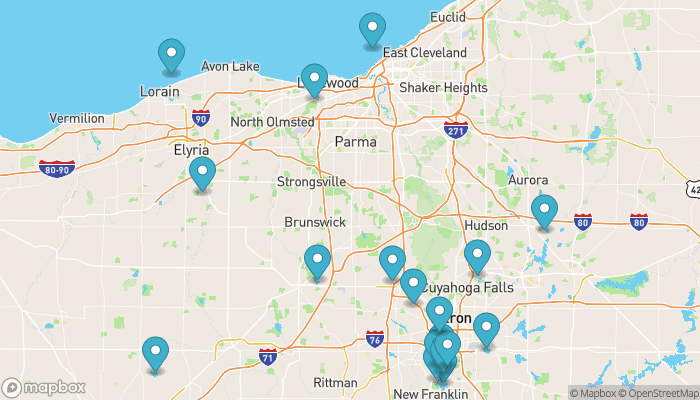Table of Content
Although most people have switched to advanced environments after Microsoft released Windows 8, Windows 8.1, and Windows 10, a large number of users are still glued to the basic editions of Microsoft Windows. The reason for this is that most people prefer a simple environment that is quick and easy to use. In January 2016, Microsoft announced that it would no longer support Windows platforms older than Windows 10 on any future Intel-compatible processor lines, citing difficulties in reliably allowing the operating system to operate on newer hardware.

As of July 9, 2012, over 630 million licenses have been sold; this number includes licenses sold to OEMs for new PCs. On September 7, 2018, Microsoft announced a paid "Extended Security Updates" service that will offer additional updates for Windows 7 Professional and Enterprise for up to three years after the end of extended support. Four applications bundled with Windows Vista—Windows Photo Gallery, Windows Movie Maker, Windows Calendar and Windows Mail—are not included with Windows 7 and were replaced by Windows Live-branded versions as part of the Windows Live Essentials suite.
Windows 7 Home Basic
Microsoft stated that effective July 17, 2017, devices with Intel Skylake CPUs were only to receive the "most critical" updates for Windows 7 and 8.1, and only if they have been judged not to affect the reliability of Windows 7 on older hardware. For enterprise customers, Microsoft issued a list of Skylake-based devices "certified" for Windows 7 and 8.1 in addition to Windows 10, to assist them in migrating to newer hardware that can eventually be upgraded to 10 once they are ready to transition. Microsoft and their hardware partners provide special testing and support for these devices on 7 and 8.1 until the July 2017 date. The last non-extended security update rollup packages were released on January 14, 2020, the last day that Windows 7 had extended support.
Windows 7 received critical acclaim, with critics noting the increased usability and functionality when compared with its predecessor, Windows Vista. CNET gave Windows 7 Home Premium a rating of 4.5 out of 5 stars, stating that it "is more than what Vista should have been, it's where Microsoft needed to go". PC Magazine rated it a 4 out of 5 saying that Windows 7 is a "big improvement" over Windows Vista, with fewer compatibility problems, a retooled taskbar, simpler home networking and faster start-up. PC World also named Windows 7 one of the best products of the year.In its review of Windows 7, Engadget said that Microsoft had taken a "strong step forward" with Windows 7 and reported that speed is one of Windows 7's major selling points—particularly for the netbook sets. Laptop Magazine gave Windows 7 a rating of 4 out of 5 stars and said that Windows 7 makes computing more intuitive, offered better overall performance including a "modest to dramatic" increase in battery life on laptop computers. Extended Security Updates support until October 14, 2024Support for Windows 7 without Service Pack 1 ended on April 9, 2013, requiring users to update in order to continue receiving updates and support after 3 years, 8 months, and 18 days.
Microsoft Office 2010 Service Pack 2 (64-Bit)
Access to knowledge is more important than ever—so if you find all these bits and bytes useful, please pitch in.

The Extended Security Update program is a last resort option for customers who need to run certain legacy Microsoft products past the end of support. When the Action Center flag is clicked on, it lists all security and maintenance issues in a small pop-up window. These are untouched Windows 7 Home Basic SP1 English COEM ISOs downloaded from Microsoft in both 32 bit and 64 bit. Right now, we have a 2-to-1 Matching Gift Campaign, tripling the impact of every donation. We understand that not everyone can donate right now, but if you can afford to contribute, we promise it will be put to good use.
Editions
On March 4, 2010, Microsoft announced that it had sold more than 90 million licenses.By April 23, 2010, more than 100 million copies were sold in six months, which made it Microsoft's fastest-selling operating system. As of June 23, 2010, Windows 7 has sold 150 million copies which made it the fastest selling operating system in history with seven copies sold every second. Based on worldwide data taken during June 2010 from Windows Update 46% of Windows 7 PCs run the 64-bit edition of Windows 7.
The last supported version of Windows based on this operating system was released on July 1, 2011, entitled Windows Embedded POSReady 7. Extended support ended on January 14, 2020, over ten years after the release of Windows 7, after which the operating system ceased receiving further support. A support program is currently available for enterprises, providing security updates for Windows 7 for up to four years since the official end of life. However, Windows Embedded POSReady 7, the last Windows 7 variant, continued to receive security updates until October 2021.
Operating Systems
Other new features were added to the operating system, including libraries, the new file-sharing system HomeGroup, and support for multitouch input. A new "Action Center" was also added to provide an overview of system security and maintenance information, and tweaks were made to the User Account Control system to make it less intrusive. Windows 7 also shipped with updated versions of several stock applications, including Internet Explorer 8, Windows Media Player, and Windows Media Center. Windows 7 is available in six different editions, of which the Home Premium, Professional, and Ultimate were available at retail in most countries, and as pre-loaded software on most new computers.

This is the entire version of Microsoft Windows 7 Home Basic, which comes in 32-bit and 64-bit versions. You can also get Windows 7 Lite for free, which has many of the same features as this version. Every operating system is provided with a complete setup and a direct download link. Other operating systems, such as Windows 7 Ultimate, Windows 7 Professional, and Windows 7 Enterprise, are available for download on our website. Most of the features and applications which use high system requirements have been discarded in this version.
According to Stephen Baker of the NPD Group during April 2010 in the United States 77% of PCs sold at retail were pre-installed with the 64-bit edition of Windows 7. On October 21, 2010, Microsoft announced that more than 240 million copies of Windows 7 had been sold. Three months later, on January 27, 2011, Microsoft announced total sales of 300 million copies of Windows 7. On July 12, 2011, the sales figure was refined to over 400 million end-user licenses and business installations.

Optional BitLocker Drive Encryption is included with Windows 7 Ultimate and Enterprise. Windows Defender is included; Microsoft Security Essentials antivirus software is a free download. All editions include Shadow Copy, which—every day or so—System Restore uses to take an automatic "previous version" snapshot of user files that have changed. Backup and restore have also been improved, and the Windows Recovery Environment—installed by default—replaces the optional Recovery Console of Windows XP. Windows 7 was intended to be an incremental upgrade to Microsoft Windows, addressing Windows Vista's poor critical reception while maintaining hardware and software compatibility. Windows 7 continued improvements on the Windows Aero user interface with the addition of a redesigned taskbar that allows pinned applications, and new window management features.
The rollup is not available via Windows Update, and must be downloaded manually. Windows Management Framework 5.0 includes updates to Windows PowerShell 5.0, Windows PowerShell Desired State Configuration , Windows Remote Management , Windows Management Instrumentation . It was released on February 24, 2016 and was eventually superseded by Windows Management Framework 5.1. The Platform Update for Windows 7 SP1 and Windows Server 2008 R2 SP1 was released on February 26, 2013 after a pre-release version had been released on November 5, 2012. The maximum amount of RAM that Windows 7 supports varies depending on the product edition and on the processor architecture, as shown in the following table. Get the latest updates for Office 2010 and improve your document management system.
Reasonable hardware requirements, with twice the CPU and RAM power of prior versions. The user’s account control is manageable and not as bothersome as Vista’s rapid-fire nagging versions. As a result, the user can alter Windows 7 versions such that the interface is less paranoid and obtrusive. The all-new Windows Media Player supports both unprotected audio and video playback. Make your web experience faster, easier and safer than ever with Internet Explorer 8. Windows 7 home basic is a lightweight version of original Windows 7 designed for low configuration laptops and PCs that have limited functionality and services than Windows 7.

